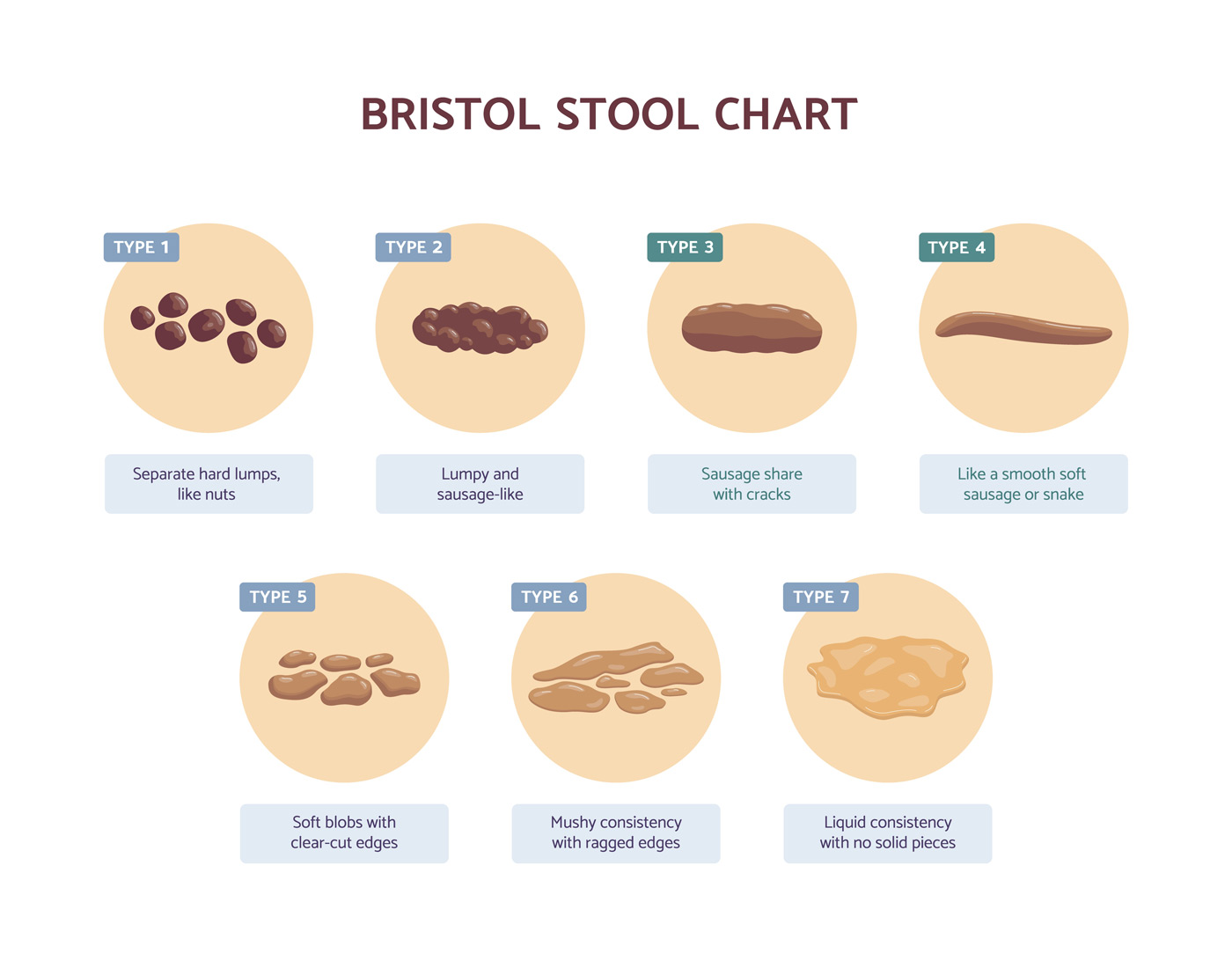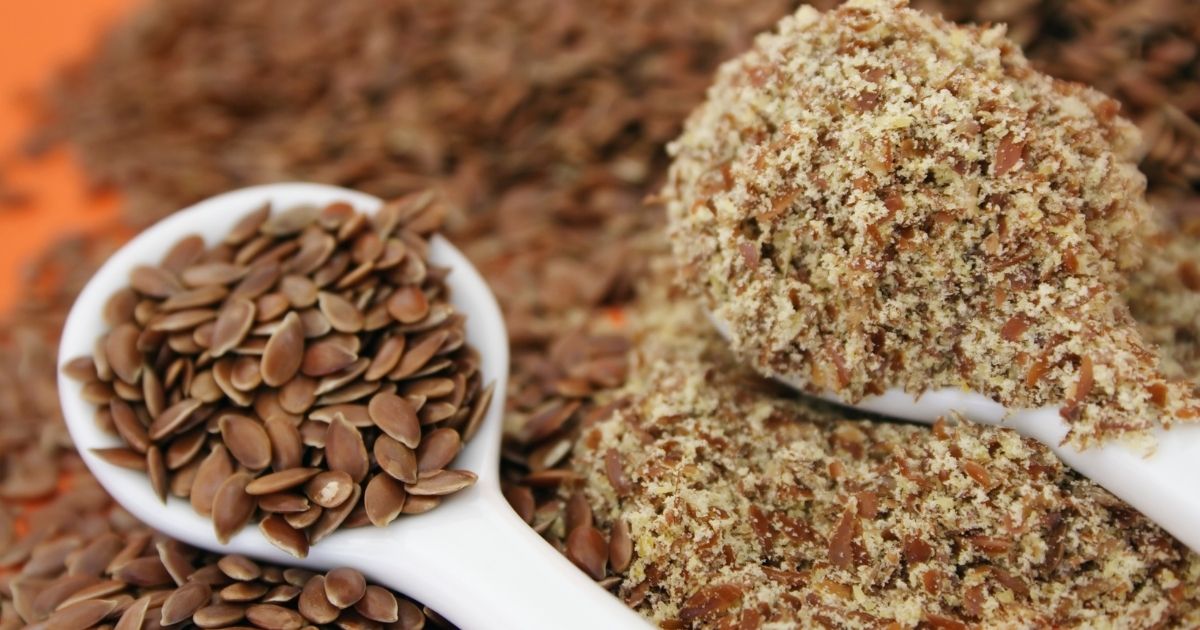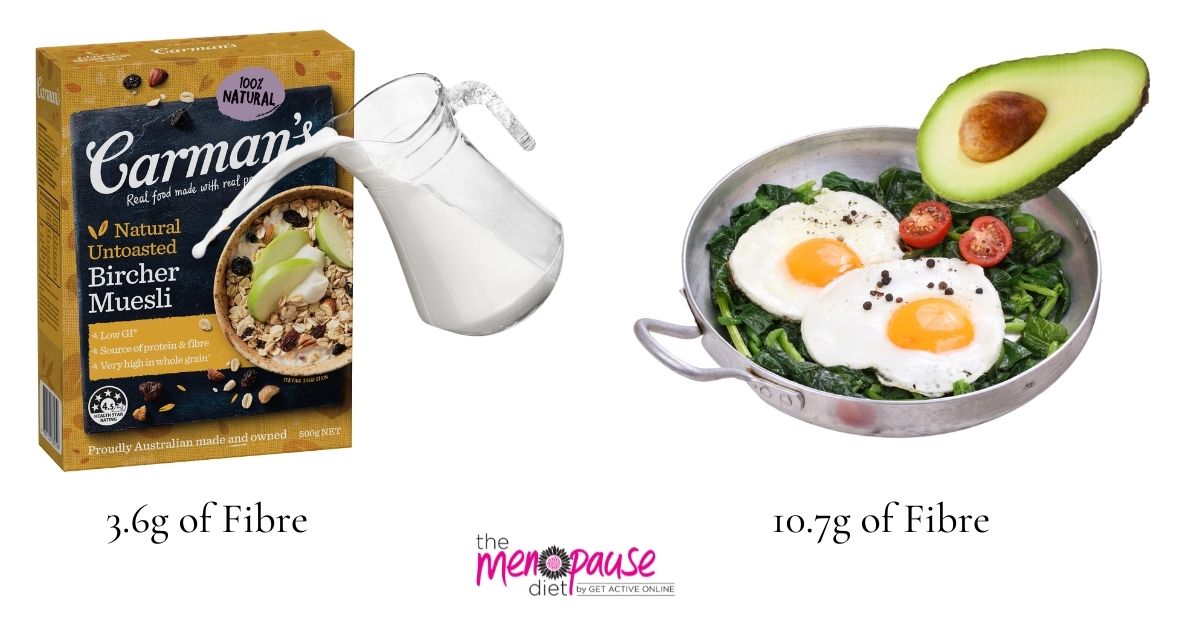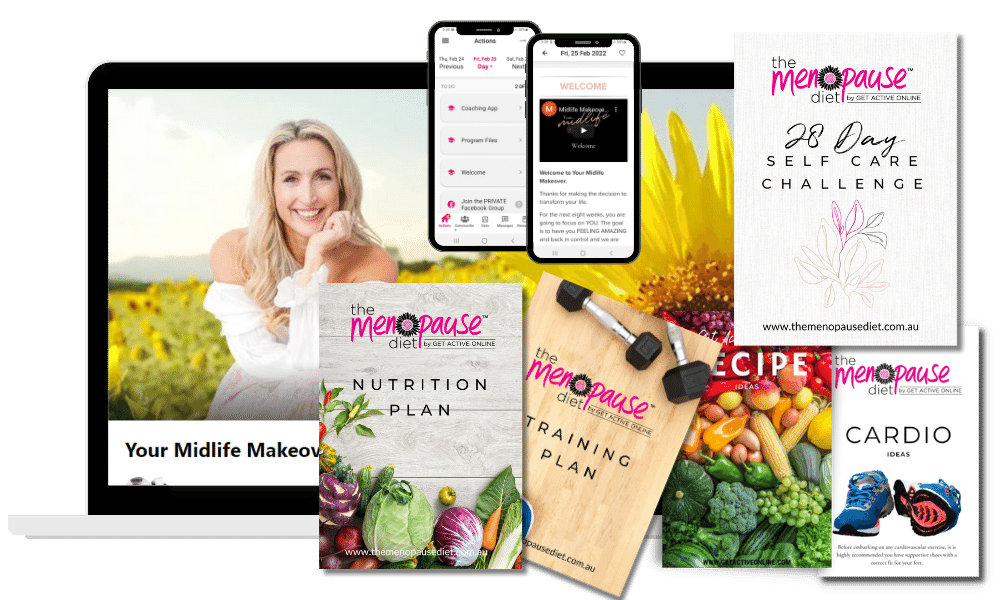How often are you pooping?
Ok, so I’m going to talk about number 2’s and how important it is for women to go to the toilet regularly!!
Yes, I’m talking poop, or officially ‘stool’.
First up, let’s talk about what is ‘normal’. Like everything in life, there isn’t going to be the perfect number of times you should poo a week but I will give you some guidelines on what is in the ‘normal range’ and how to make sure you go regularly.
How many times should you go?
Many women assume that it is considered normal to poop every day. The reality is that normal can vary anywhere to three times a week to three times a day.
The most important things to look for are:
A well formed poo. Yes, some poos look better than others 😂
If your poo looks more like coco pops than a sausage, here is your first sign that you might not be getting enough fibre.
Thankfully, someone else has gone to the trouble of producing a poo chart (official word stool chart).

Your goal is to aim for Type 3 and 4 poos (can you tell I’m laughing writing this, there is something about poos and farts that is just always funny 😂). Although, in all seriousness pooing regularly and getting enough fibre is REALLY important for overall health.
There are many factors that influence how often and how healthy your poos are;
- Diet
- Exercise
- Overall Health
- Medications
- Stress
- Hormone changes
Some women will find that as they go through menopause, they will notice more inconsistency with how often they poo. During perimenopause and menopause, oestrogen levels are fluctuating and one of oestrogen’s jobs is to keep cortisol (the stress hormone) levels low. Whenever oestrogen drops, this means that cortisol can also drop and this can slow down the digestive system, resulting in constipation.
Lifestyle factors such as diet and exercise can help improve this, along with making sure you include enough fibre and water in your diet.

Foods to help increase fibre:
A diet heavy in vegetables, fruits, nuts, seeds and whole grains. The goal is to eat a wide variety of foods and definitely don’t skimp on the vegetables.
Some women do struggle to get enough fibre when they try to improve their diet. Many women are used to relying on bread, pasta and cereals to get their fibre.
When some of these foods are limited, which isn’t a bad thing, it’s important you replace it with other sources of fibre and the good news is that there are plenty of high fibre, unprocessed, low carbohydrate choices.
• Flaxseeds
• Chia Seeds
• Avocado
• Almonds
• Blackberries
• Raspberries
• Broccoli
• Cauliflower
• Asparagus
Recommended daily fibre intake
Adult women should consume 25 grams of fibre per day. Women over 50 should aim for 21 grams of fibre.
How to get in 25g of fibre:
2 Tablespoons of Flaxseed Meal (14g) – 4g of Fibre
1 Tablespoon of Chia Seeds (15g) – 6g Fibre
½ Large Avocado (100g) – 7g Fibre
½ Cup Blackberries – 3g Fibre
Broccoli (cooked); ½ Cup – 3g Fibre
Cauliflower (cooked): ½ Cup – 2g Fibre
Personally, I recommend everyone tries to include some Flaxseeds and Chia Seeds each day as they are low in carbohydrates and high in both soluble and insoluble fibre.
Drink plenty of water and allow your body time to digest the food. In the menopause diet, we focus on time restricted eating with one of the major goals being to give your body time to digest the food you are eating.
Did you know digestion is one of the hardest tasks your body has to undertake?
That’s why it’s so important to make sure we give our bodies time in between meals to digest the foods.
Regular exercise is also essential as it aids the digestion process and speeds up the time that food sits in your colon, helping to avoid constipation. Just adding in a morning walk can make a big difference along with some regular stretching!
You can eat a lower carbohydrate diet and still get plenty of fibre in.
Just have a look at this.

Please note: there is nothing wrong with carbohydrates, it’s just important to include as much real unprocessed food as possible and not rely on processed carbohydrates to get your fibre in! During The Menopause Diet we focus on finding what level of carbohydrates your body works best with.
So if you’ve been feeling a bit blocked up, my top tips are:
- Plan out your nutrition with a focus on getting in lots of unprocessed, high fibre foods
- Drink at least 2l of water per day
- Leave 3-4 hours between meals
- Don’t eat within 2-3 hours of going to bed
- Move in the morning, get up and go for a walk
Learn what works for your body. We are all very different so don’t compare yourself to others, focus on what MAKES YOU FEEL great and do what you know WORKS FOR YOUR BODY.
💗 Hilds


